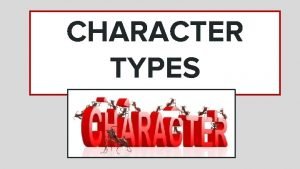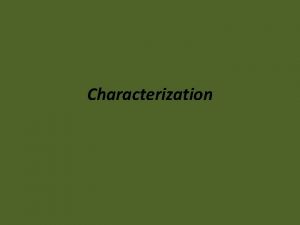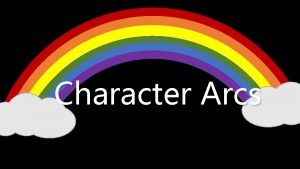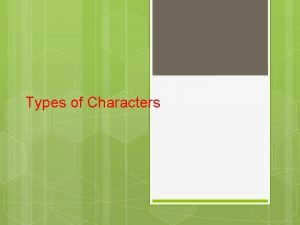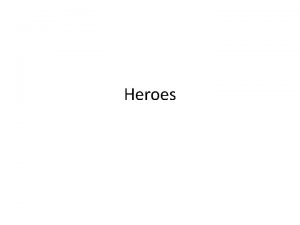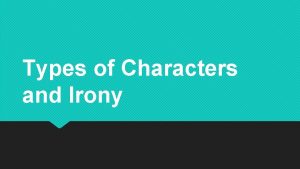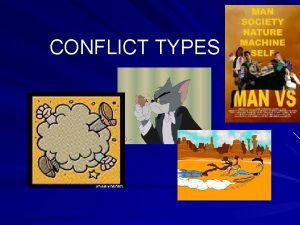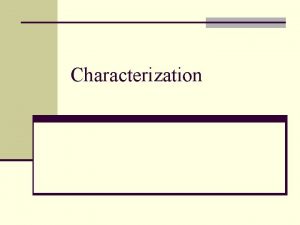Protagonist The main character in a work of











- Slides: 11

Protagonist The main character in a work of literature l The protagonist is involved in the work’s central conflict l

Antagonist Lex Luthor l The antagonist is the character that is opposite the protagonist. l “anti” = against

Plot Structure Exposition: the start of the story, before the action takes place

Plot Structure Rising Action: the series of conflicts and crisis in the story that leads to the climax.

Plot Structure Climax: the turning point, the most intense part of the story – mentally or in action

Plot Structure Falling Action: all of the action that follows the climax

Plot Structure Resolution: the conclusion, the tying together of the loose ends

Setting l The time and place of a story, poem, or play. l The setting may contribute to the emotional effect of the story.

Conflict A struggle between opposing characters or opposing forces. l Man vs. Man l Man vs. Himself l Man vs. Nature l Man vs. Society l

Point of View l l l The vantage point from which a story is told. Who is the person telling the story? First person – one of the characters is telling the story Third person – a narrator is telling the story.

Third Person Point of View l Two different types: l l Third Person OMNISCIENT point of view is where the narrator knows everything about the characters and their problems. They can tell us about the past, the future, and the present. The narrator can also tell us what the characters are thinking and what is happening at the same time. Third person LIMITED point of view is where the narrator focuses on the thoughts and feelings of only one character. From this point of view, we observe the action through the eyes of only one of the characters in the story.
